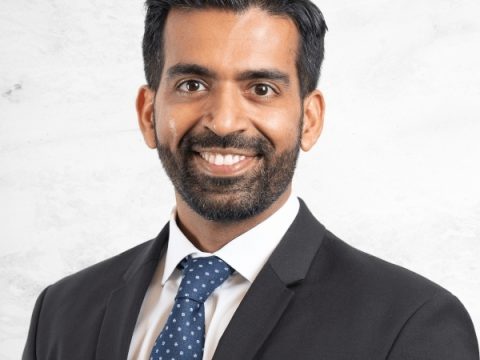On 3 March 2023, the Monetary Authority of Singapore (MAS) issued the circular, Money Laundering and Terrorism Financing (ML/TF) Risks in the Wealth Management (WM) Sector, reminding financial institutions (FIs) to remain vigilant and ensure that their current controls can mitigate such risks. 1
Background
Singapore’s WM sector has grown significantly, with an exponential growth of HWNIs and its corresponding demand for WM services. To support this growth, MAS partnered with Singapore’s Economic Development Board (EDB) to establish the Family Office Development Team in 2019, with the aim of promoting growth and development of the family office industry.
Subsequently in 2020, MAS introduced the Variable Capital Company investment structure to encourage private equity firms, fund managers, and family offices to establish funds in Singapore rather than offshore jurisdictions. This initiative is aimed at attracting more investment into Singapore's financial markets and strengthening its position as a leading Asian and global WM hub.
What you should know about the circular
With significant growth comes risks. The sector’s client attributes, including the high-value transactions and the complex nature of managing such wealth, makes it more susceptible to ML threats.
To address these risks, MAS’s recent circular recommends that FIs take steps to verify the legitimacy of client transactions and WM fund flows into the country.
Specifically, supervisory expectations in key control areas were set out, requiring FIs to be vigilant and advising them to:
- Identify and assess high growth areas. FIs should analyse the number of accounts open, or the size of the fund flows in each segment and identify the high growth rate areas.
- Ensure an adequate control framework is in place. FIs should establish an adequate control framework to keep check on tax evasion, bribery, and corruption. They are advised to have onboarding controls and ongoing monitoring controls.
MAS also advises that FIs implement the following steps to establish an effective control framework:
- BSM should set clear control functions to effectively keep check on risk posed by high growth areas and balance it with the first line of defence.
- Regular monitoring controls and testing should be done in high growth areas, and BSM should be updated on the results of such tests.
- The risk and control functions should be optimised as per business strategy, customer segment, and risk appetite.
- Review existing customer due diligence (CDD) practices in high growth areas and test the efficacy of the control functions.
- Perform controls testing to detect gaps in identifying high risk customers and corroboration of the source of wealth (SOW) and funds.
- Enhance and optimise control measures when such gaps are identified.
- Perform additional due diligence when dealing with WM structures (e.g., trusts, nominee arrangements, fiduciaries, family offices, or insurance wrappers).
- Take steps to understand the legal purpose and nature of the business arrangement. Drill down the ownership structure to find the ultimate beneficial owner.
- Tax incentives availed by institutions should not be considered as the judgment of their legitimacy. FIs should perform their independent due diligence.
- Prospective customers who withdraw their applications due to unwillingness or inability to provide information or documentation to prove their legitimacy should be monitored. In case of doubts, suspicious transactions reports are to be filed.
Our recommendations
For FIs, having stronger risk controls helps to lower the risks. To establish a robust control framework, we recommend that private banks and wealth managers:
This includes reviewing and testing the efficacy of risk control measures via more granular system tags, calibrated key risk indicators, and additional dashboards. The dashboards should be built to provide BSM a comprehensive picture of the high growth or risk business areas, encompassing all components like front-line behaviour, client behaviour, and future trends.
You should analyse the adequacy of such controls to identify control gaps for remediation and equitable owners to ensure BSM oversight. We also advise regular sampling of client particulars (CDD, SOW) to test the efficacy of AML/CFT control points.
You should review the CDD procedures to ensure that there are triggers for EDD attached to high growth areas. BSM should be aware of the adequacy of such measures when dealing with complex ownership structures.
You need to set up a client risk review committee such that the BSM is made aware of any inherent risks associated with new clients and the BSM is equipped with the information it needs to be cautious of ‘undesirable clients’ and take measures to monitor the transactions between these clients and existing clients post onboarding.
NLA coupled with the use of data analytics can help drive deeper insight into complex structures and cross client interactions for better risk management.
Speak with our experts to find out more about the industry’s best practices and what your organisation should do to ensure adherence to regulatory requirements and effective risk management.
1 Money Laundering and Terrorism Financing (ML/TF) Risks in the Wealth Management Sector (MAS, 3 March 2023).


